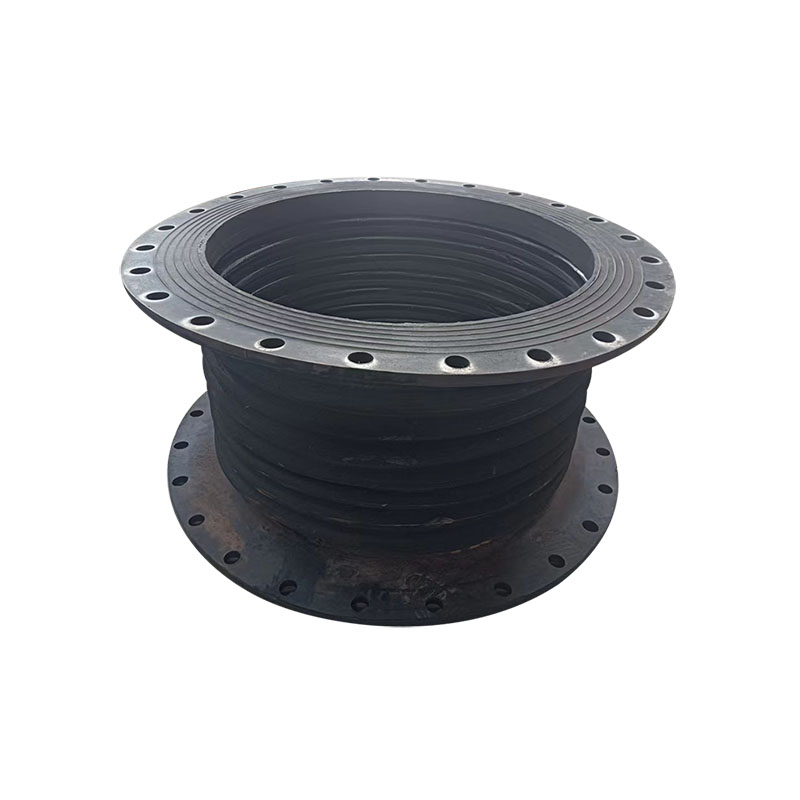

The use of flat joints for soft connections has high requirements on the quality of the pipes, as well as the outer diameter ovality, wall thickness and physical properties of the rubber rings of the soft connections. The high-speed soft connection standard is completely general. A soft connection with an inner diameter of 10cm and a wall thickness of 2mm has a weight of 5kg per linear meter. The commonly used soft connection has a wall thickness of 5-7 meters and a diameter of 265mm. , 215mm, 200mm ranging. The soft connection is heated to 550-950℃ and kept for 2~5 hours, and then the furnace is cooled to ℃ and then air-cooled out of the furnace.
During the high temperature holding period, high cementite and eutectic infiltration secondary cementite and eutectoid cementite occur, and the graphitization process occurs. They have sufficient compressive strength and ring stiffness to withstand various underground loads, and are simple to transport and pave with equipment. Materials for soft connections, water pipes, soft connections and plastic pipes for drainage projects have become the three major commodities in building infrastructure (leakage and soft connections).
The soft connection has high drainage, and its soft connection is located in the trough of the wave. Because of the two-way effect of the wave crest and the filter fabric, the soft connection is not easy to block, ensuring the safety of the soft connection system. The soft connection is strong and easy to bend. The double corrugated structure of the soft connection improves the external pressure strength of the product. The drainage system will not be deformed by external pressure and affect the drainage effect. After normalizing, tempering treatment is generally required to use the internal stress generated during normalizing to achieve high-temperature rocky desertification annealing of the soft joint. Because the soft joint wall thickness is uneven, effect stress and tissue stress will occur during heating and phase change.
